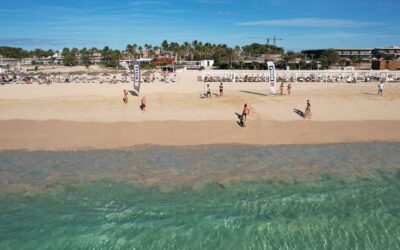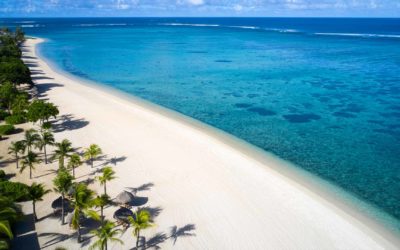Windsurfing was created at the end of the 60’s and really developed in the 70’s. Apart from the sailing boat, it was the first really fun sailing sport that existed, with intense gliding sensations on the water. Little did we know at the time that windsurfing would become the rage among thousands of people. People who are still passionate about it today.
Its evolution increased at a lightning speed in the 80’s, as much with the sails and boards as with the accessories necessary to practice the sport. In order to maximize windsurfing time in strong winds, the windsurf harness was born … giving well needed relief to the arms and the backs of windsurfers everywhere!
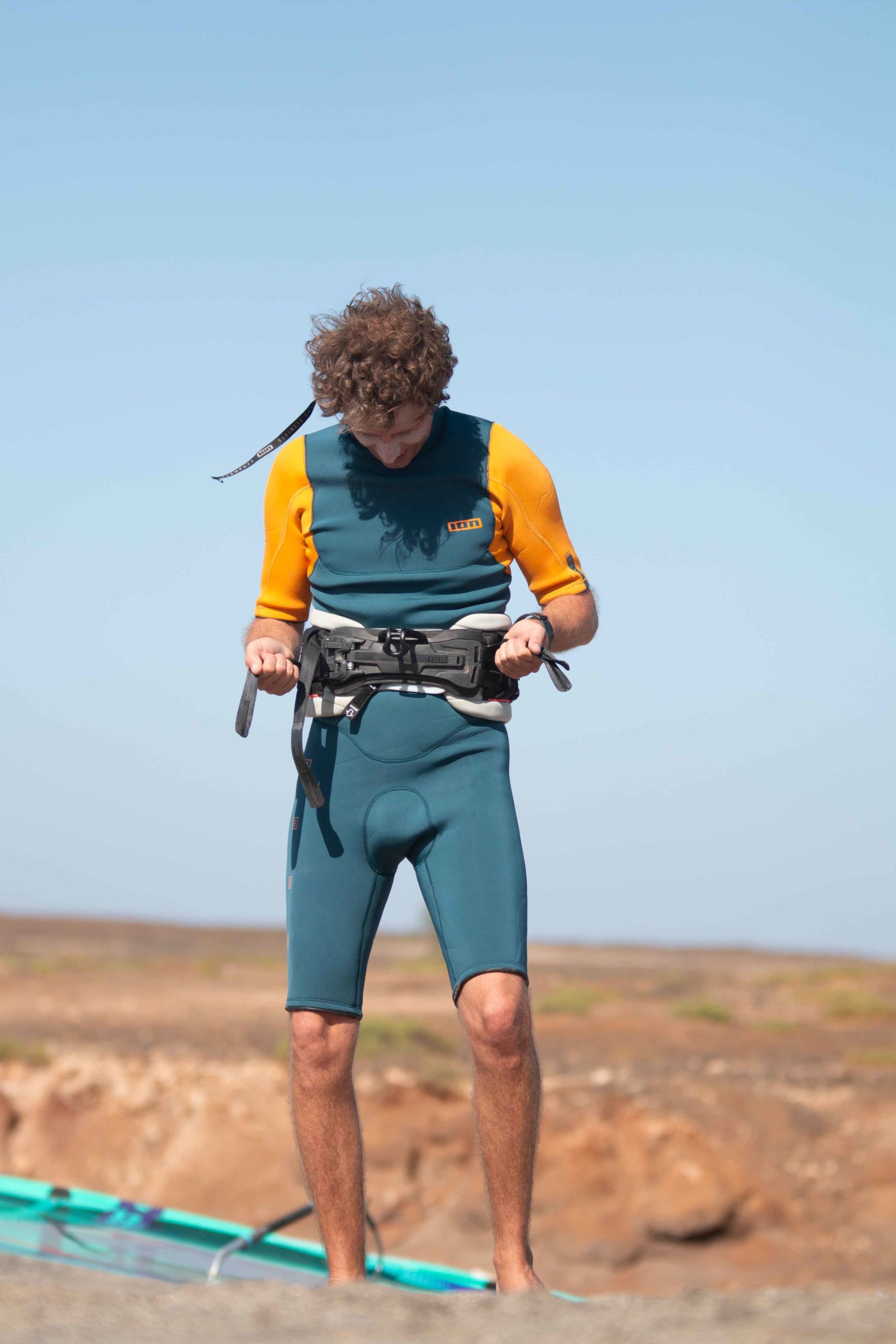
What is the purpose of a windsurfing harness?
When you begin windsurfing, you go out in light wind, and no harness is required. On those first few rides you often tend to fall into the sail or the water, so being hooked in can just complicate things! Be patient and start sailing with the harness once you have learned the different points of sail (upwind, downwind, crosswind) and the first planing sensations.
Sailing in the harness is not that difficult, and it takes the pressure off of your arms when the wind is strong enough to be planing, especially if you have decided to sail for a good length of time. Remember to choose your harness lines carefully … the longer they are, the easier it will be to hook in and unhook from the harness, however you will have to tilt your body further back, and this requires a little more wind and confidence. The length of the lines also depends on the prevailing conditions. In waves or on more or less flat water many windsurfers prefer to have them longer for example. It also depends on the type of harness you choose as you will opt for a waist or a seat harness depending on the sailing conditions.
As soon as you start to plane, the harness is needed for windsurfing, otherwise you won’t sail for very long, you will put your body at risk, and above all you won’t sail comfortably. The harness takes the pressure off and helps you to windsurf with greater ease, saving you energy.
What types of harnesses exist?
Today, there are two types of harnesses for windsurfing. The most used is certainly the waist harness which is used whatever the conditions, but especially in the waves or on a slightly choppy water surface. There is also the seat harness, more known for flat water sailing.
The waist harness is worn around the waist, and is mainly used for your lower back, i.e. your lumbar region. It is the easiest harness to put on.
The seat harness allows you to sit in a lower, more seated position, with a more armchair feel. It is slipped on through the legs, fixed around the pelvis, and the harness buckle is lower than the waist harness.
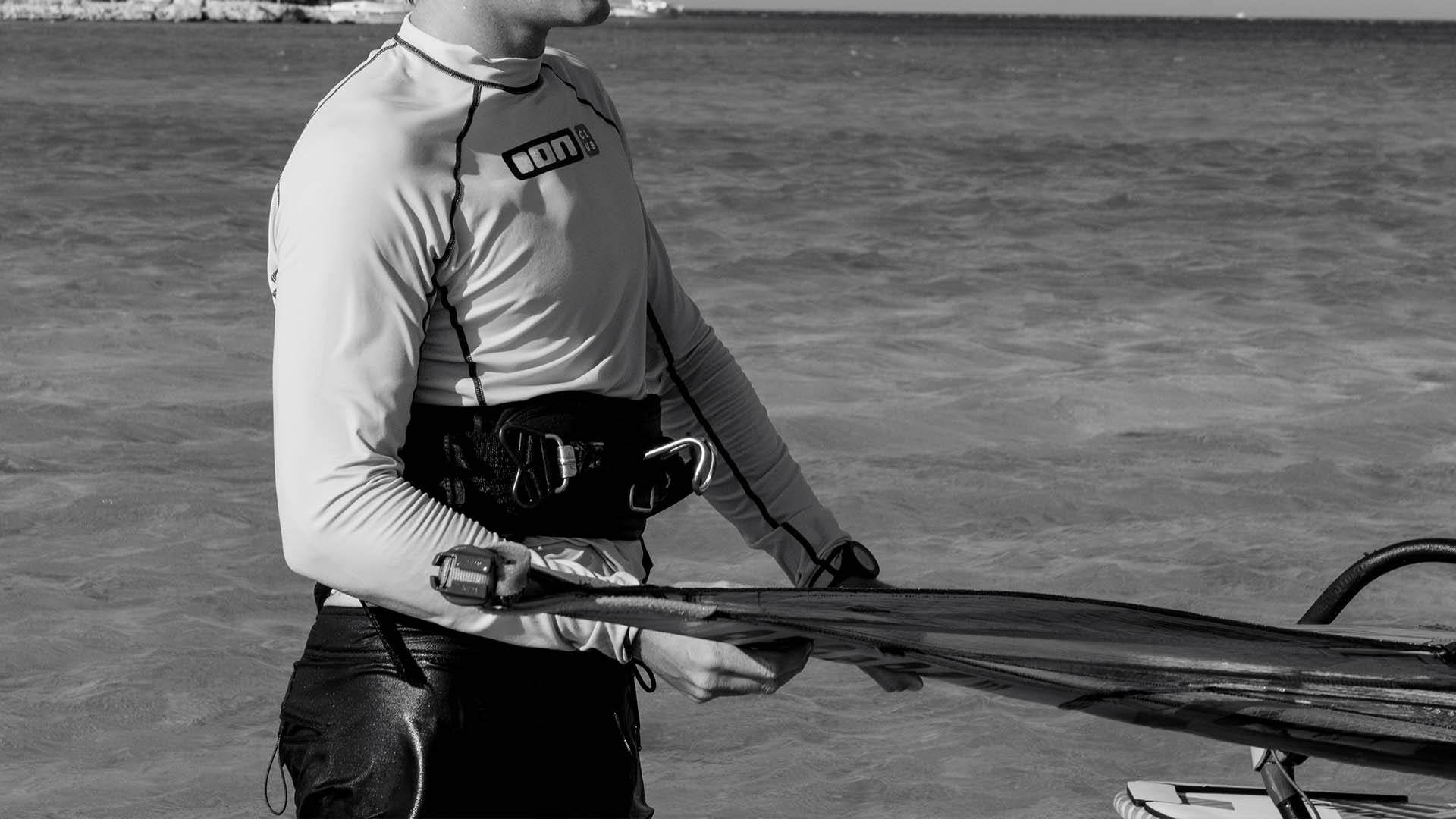
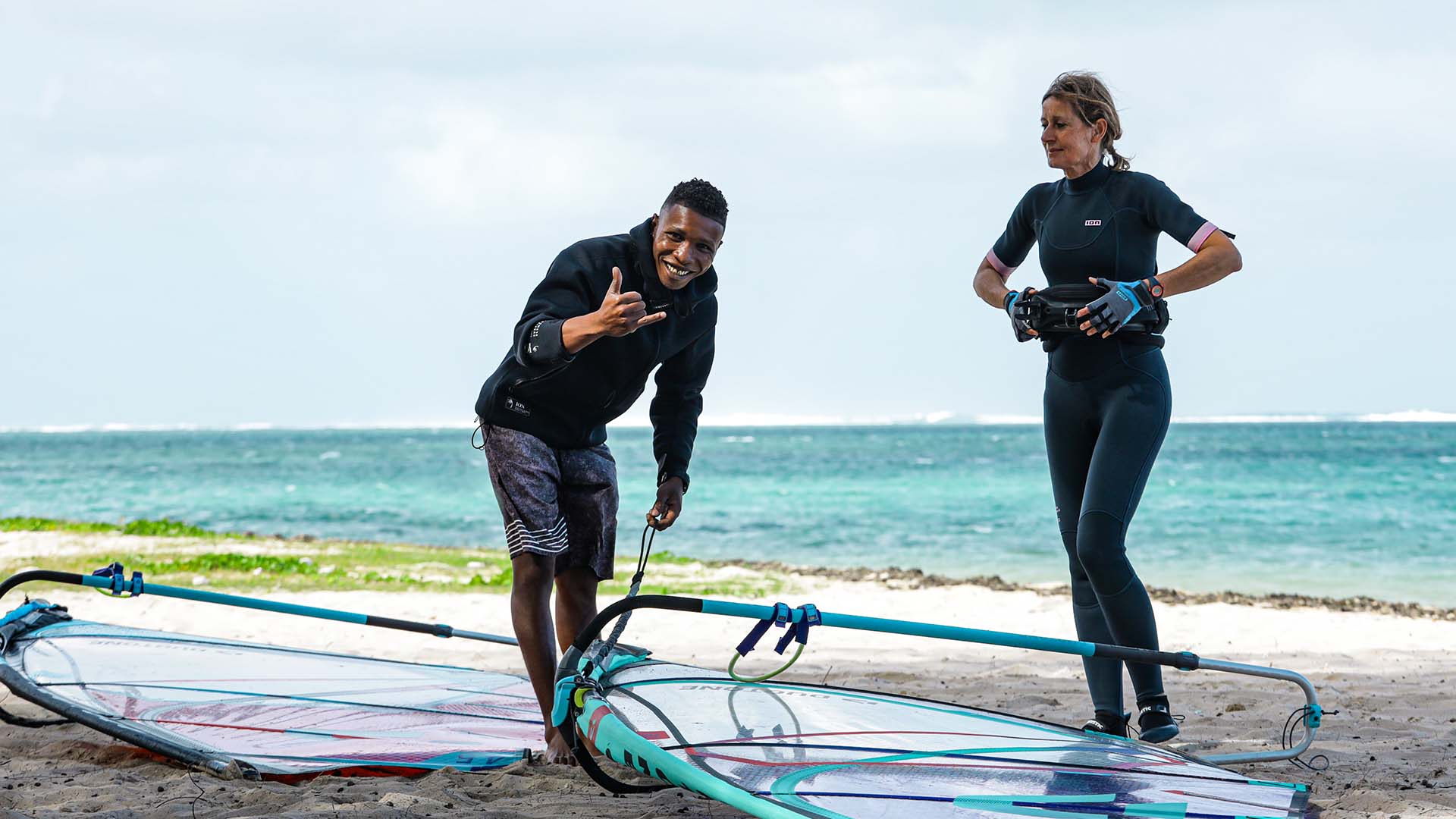
Which harness to use?
The choice of the harness is very important to practice windsurfing properly and with the least possible effort. That’s why choosing a waist or seat harness is not to be taken lightly.
With the waist harness, the hook is higher than the seat harness, which allows you to hook in and unhook more easily, especially in case of a fall which will be less painful thanks to the reinforcements on the sides of the waist harness. It favours the first experiences with the harness, the start of planing and the placement of the feet in the footstraps. No matter what the weather or sea conditions are, you will feel comfortable both in the water and your arms. Plus, this freedom of movement in the waves, twisting in all directions, bending down, getting up, is priceless.
The seat harness provides a sitting position, and if you have the desire to do long runs or to go very fast on flat water, then comfort is key. If you want to stay in the same position and do as little as possible, you should choose a seat harness which places the windsurfer in a low position. This allows you to hold your sail longer, to stretch your legs and arms more without losing too much efficiency, and will help you to accelerate, to have more power and to better sail through the gusts. Keep in mind that the seat harness offers less mobility to the windsurfer and is recommended for experienced windsurfers rather than beginners.
The harness and windsurfing have become inseparable over time, and it is a major contribution to the progression of this sport that we love so much. To sail with a bigger sail, to put less stress on your body, to facilitate your navigation and obviously to gain in performance, never forget your harness … it´s your best windsurfing buddy!
Sal Cape Verde Winter Destination
Sal, Cape Verde: The Ultimate Winter Destination for Watersports on an IslandIf you're dreaming of sun in the middle of winter while practicing your favorite watersports, Sal in Cape Verde is the perfect destination. Located off the coast of West Africa, this island...
ION CLUB & Friends
ION CLUB & FriendsFor nearly 40 years, we've shared our passion for watersports and adventure. With our new ION CLUB & Friends Concept, we’re connecting you to even more amazing spots and trusted Centers worldwide!// WELCOME TO THE WORLD OF ION CLUB &...
OFFER MAURITIUS
FROM MAY 11TH TO JUNE 30TH 2025 ENJOY EXCLUSIVE ION CLUB PACKAGES HOTEL + SPORT + TRANSFERS Our exclusive 7- day packages offer you much more than just a stay. Immerse yourself in the experience of kitesurfing, windsurfing or wingfoiling under the sun and on the...

